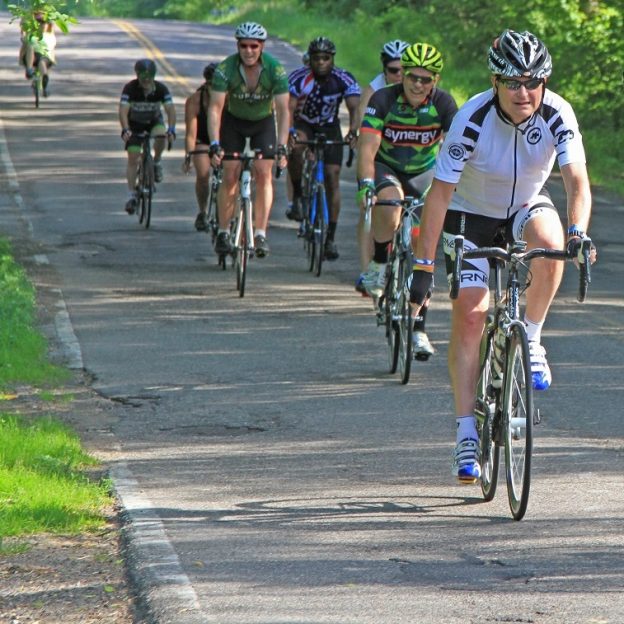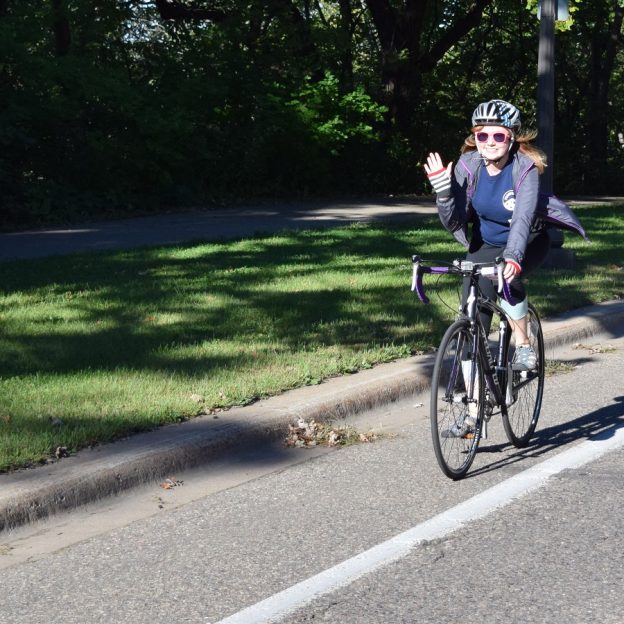Tag: road riding
-

Staying Safe by Assessing and Avoiding Road Hazards
Nothing spoils a great ride like a bad accident, but most accidents are avoidable. The easiest way to eliminate accidents is to assess road hazards in advance, and avoid them. Read on to learn about the most common road hazards and how to manage them.
-

Riding Courtesy; Great Ways to Consider Others on Your Next Adventure
Traffic laws are different in each state. They guide how you should operate on your bicycle and also how drivers should treat you. These laws are designed to keep drivers and cyclists all safe. Offroad, most trail system have guidelines that match up with the published list of rules from IMBA. Beyond the Laws and…
-

Road Bike Hacks: Descending with Confidence and Skill on Your Road Bike
What goes up must come down and going downhill on your road bike can be fun and safe if you learn some basic skills.
-

Bike Pic June 6, family fun on the bike trail
Families having fun on the bike trail in La Crosse, Wi. See more on riding along the bluff of the Mississippi River, in the Driftless Area.
